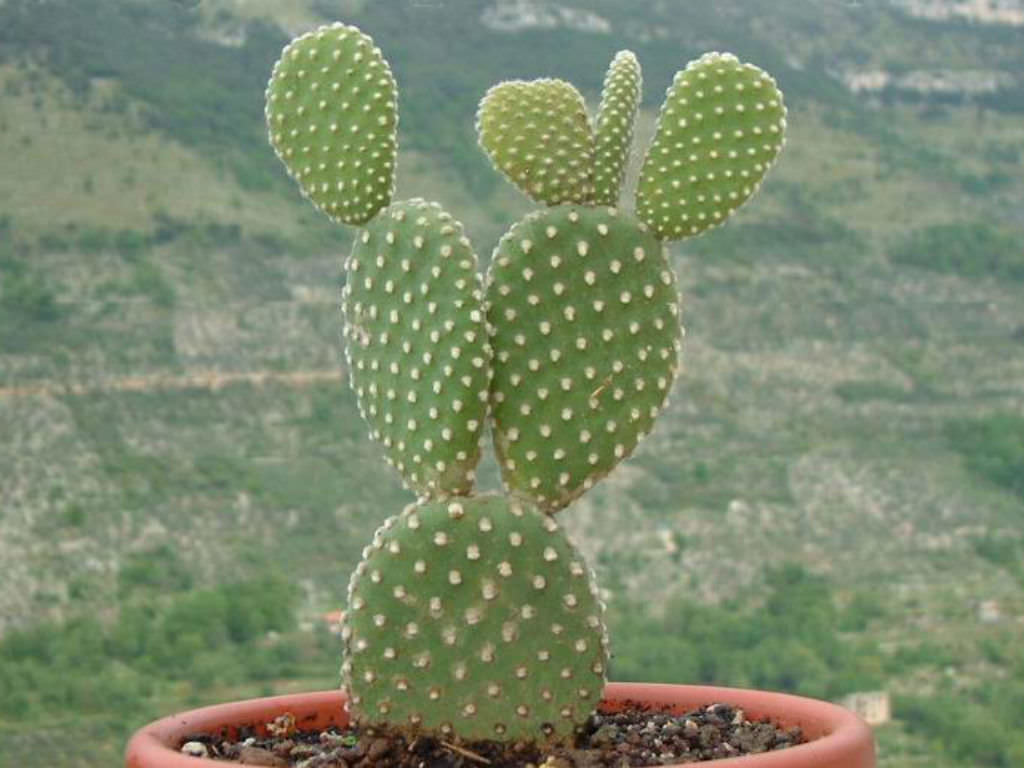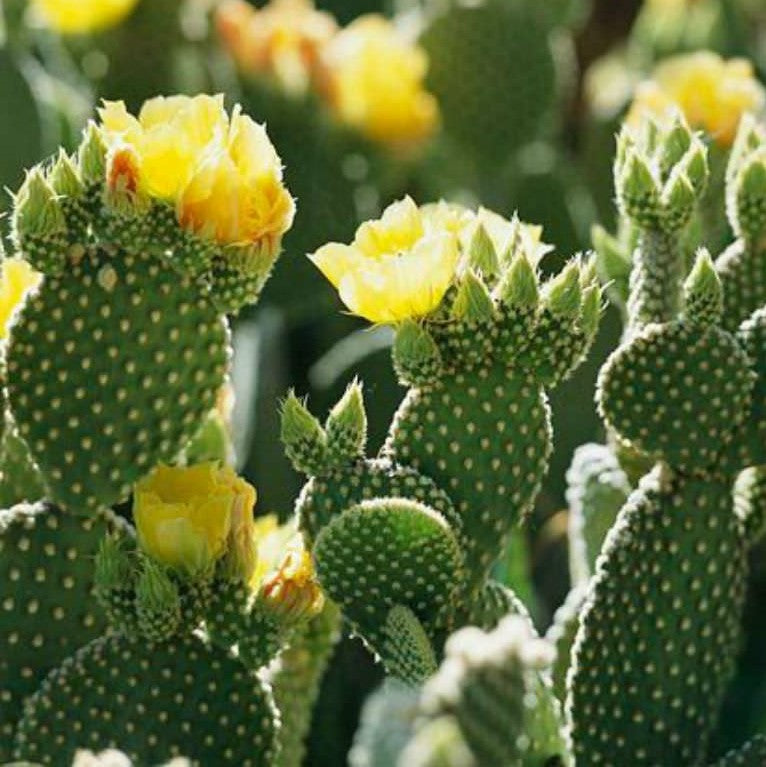
Then, use the comb to brush the needles away. To accomplish this, grab a fine-toothed comb and place it just above the needles. The first step in the procedure is to remove the needles and glochids. To make things easier, there are a few simple tricks you can employ.

The sap from the cactus is fed by a number of more dangerous insects.īecause of their spines and glochids, the spines of a prickly pear cactus can be difficult to handle. Spiders that use the spines to build cobwebs do, however, attract them. Because there aren’t any stems or leaves, it won’t attract the same type of bugs that you’d normally see. Because the roots of a cactus are shallow, they can absorb the smallest droplets of water that splash onto the soil. The USDA classifies the bunny ears cactus as either Zone 9 or Zone 11 on its official classification.Īs a result, it is not the type of plant that requires a lot of water. Repotting can take place as soon as the bloom and fruit cycle have finished. Repotting polka dot cacti is required every couple of years in order to accommodate their growing roots. This plant is simple to grow in the desert and is well-suited to the rough terrain. It looks unlike any other cactus because it lacks a stem or leaves. It has a shape that reminds you of the ears of a rabbit or a Mickey Mouse, and it is one of the easiest plants to grow. It is native to Mexico’s desert regions and is a cactus that grows as a succulent (Opuntia microdasys). Begin by removing the majority of the needles, then using a pair of tweezers or duct tape to remove any remaining speckles. You can then brush the hairs with the comb through the needles. To accomplish this, grab a fine-toothed comb and stick it under the needles. How Do You Get Bunny Ear Cactus Needles Out? Even if it’s cool outside, Bandages the Area Band-Aids are the most dangerous thing to keep on during hiking. After heating the metal with a lighter, it will turn red and will be removed by starting the process of removing the intruders.

Because Wound Wash is difficult to clean on hiking trails, we use water from our hydration bladders to rinse the wound.

I carry a 4-ounce bottle with me because the small bottles are difficult to find. There are a lot of lightweight lenghters on the market, but I recommend the Combo kit that includes a pointed tip tweezers and a magnification pen.Įlmer’s Glue-All is a popular method for removing cactus spines and glochids. The best method for removing the spines and glochids is to break out a set of needle-nose tweezers. If not properly cared for, you are more than likely to develop an infection. The spines on a cactus do not have a poisonous effect on humans or animals. Glochid needles are hair-like needles that can enter multiples at the same time and are the most difficult to break out. The largest, most visible needles from a few feet away are known as spine needles. These are referred to as glochids and spines of a cactus, and they are distinguished by two distinct types. With the right technique, you can safely enjoy the beauty of this cactus without worrying about painful spines.

#Bunny ear cactus how to#
We’ll also discuss the importance of wearing protective clothing when handling these cacti and how to safely store them once you’ve removed the spines. In this article, we’ll discuss the different techniques you can use to remove bunny ear cactus spines and how to do it safely. There are a few methods that you can use to make the process easier and less painful. Removing these spines can be tricky, but it is possible. If you are a fan of the bunny ear cactus, you know how much of a challenge it can be to remove the spines that can be so prickly and painful.


 0 kommentar(er)
0 kommentar(er)
